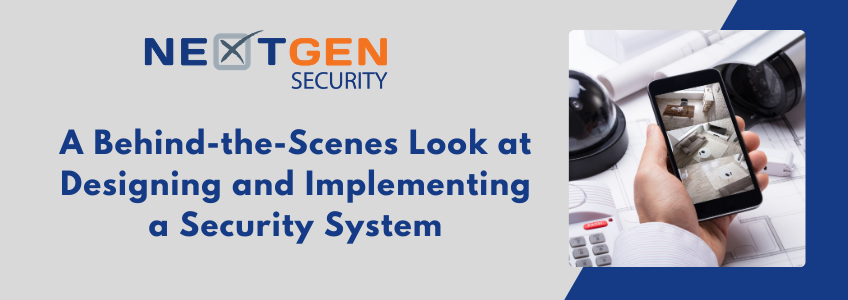Organizations looking to implement a security system often don’t really understand how the process works or what to expect along the way. Here we detail the design and implementation of a security system, from the initial assessment and engineering to installation and testing.
Determining the solutions that best meet your security and operational needs is step one. Site assessments, which uncover existing potential risks and vulnerabilities at a facility, pinpoint those weaknesses and determine the level of protection that is needed. Based on those findings, solutions can be identified and recommended. An assessment can also determine if any new infrastructure is needed to support a robust security system solution suited to the specific needs of your enterprise.
Typically, this includes communication with the organization’s IT and facility management staff. Budgets are usually a determining factor, but a trusted security integration partner should be adept at recommending a cost-effective approach done in phases to successfully implement new infrastructure and system solutions. NextGen’s site assessment services provide clients with an objective overview of any existing security vulnerabilities that, when addressed, can enable them to reduce losses and any potential liabilities. In addition, the site assessment serves as a blueprint for moving ahead to the design, engineering, and installation/testing phases.
The design phase of a security solution take these factors into account – Defining security objectives, ensuring regulatory compliance, establishing specific security policies and procedures, and specifying the physical security solutions needed and where they should be located to secure people and property at the site.
Security engineering involves the building of the security systems needed with a keen awareness in mind of their ability to stand up to threats and protect physical and data assets.
Then comes the actual installation of the specified equipment, spanning sensors and surveillance cameras, access control panels and readers or configuring a remote access system. Once all the components have been specified and installed, the systems will need to be programmed and tested. These steps include following the equipment manufacturer’s instructions to set up user codes, program emergency contact information, configure notification settings, testing each component individually to ensure proper functionality, and performing a full system test by arming and triggering the alarm.
As a trusted and deeply experienced security systems integration partner, we at NextGen collaborate closely with our clients to ensure we deliver the highest level of security to meet their needs and budgets. We have the experience and expertise to provide you with a highly reliable security system, from its planning, designing, engineering, installation, and testing, ensuring that you are well equipped to protect your people, property, and assets with a best-in-class security system solution.

